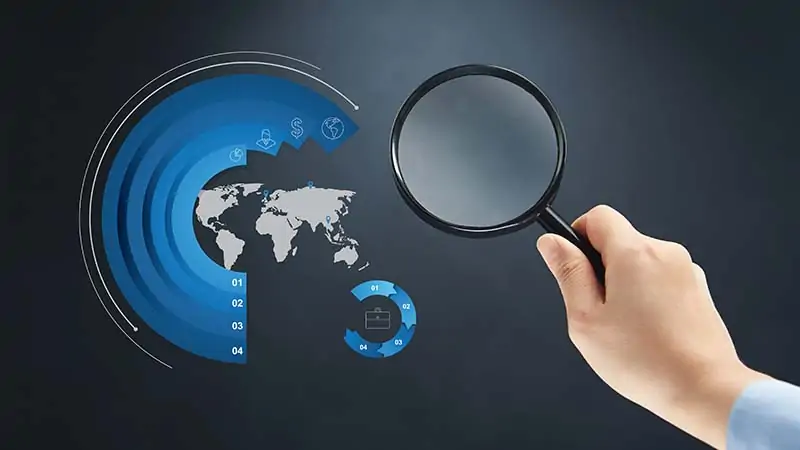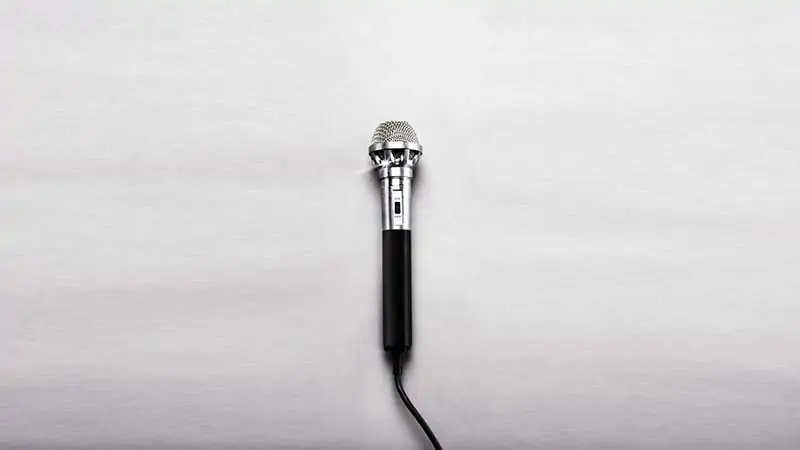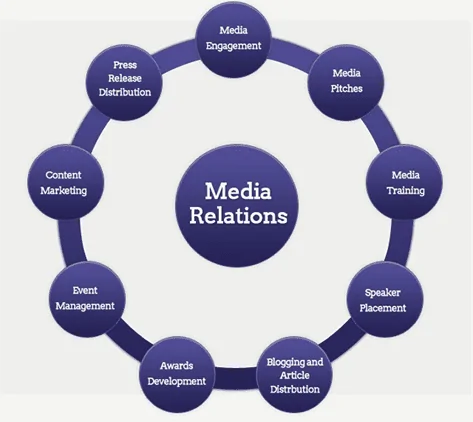Describe the Structures of Central and the State Government PR Department of India.
The Indian Government PR department functions at various levels. The Information Services of the Government of India was organized under the Central Bureau of Information (now called Press Information Bureau), which was set up in 1919, under the Home Department. In 1923, the information activities of different departments were brought under the Central Bureau of Information. In 1939, a Director General of Information was appointed to control and coordinate the war publicity through the then available media.
In 1941, the Department of Information and Broadcasting was created and government publicity agencies working under the control of the other departments were brought under its unified control. However, the Directorate of Public Relations remained under the aegis of the general headquarters. Broadcasting existed in a small form since 1927 and took more than a decade for the Broadcasting Services to be changed from the Indian State Broadcasting Service to the All India Radio.
In 1941, the Department of Information and Broadcasting took over the Broadcasting from the Department of Communications. The Department of Information and Broadcasting was the central agency for the Publicity and Information activity of the Government of India.
The department was designed as the Ministry of Information and Broadcasting in 1947. After Independence, India has built up an extensive network of mass media facilities. Both the traditional media and the state-of-the-art satellite communication have been blended to create the information revolution in the country.
Need for the Government Information Machinery.
Establishing rapport with the people is important for any government to function effectively. In a democratic country like India, the popular support is must for the government to run. It is also the duty of the government to convey to the masses its programs, plans and achievements so that the benefits percolate to all sections of society. It is also necessary to gather feedback on public attitudes and opinions. Feedback is required to modify or suitably alter any policy. These tasks of dissemination of information and collection of feedback are now under by the Information and Broadcasting Ministry.
Media Units of I&B Ministry.
The l&B Ministry handles the information services of the government of India. Under the ministry, there are various media units which keep people informed about plans and programs of the Central government.
The media units are:
- All India Radio,
- Doordarshan,
- Films Division,
- Press Information Bureau,
- Registrar of Newspapers for India,
- Publications Division,
- Directorate of Field Publicity,
- Directorate of Advertising and Visual Publicity,
- Photo Division,
- Song and Drama Division and its Research and Reference Division.
- Directorate of Film Festivals,
- National Film Development Corporation,
- Film and Television Institute of India,
- Indian Institute of Mass Communication, and
- the National Center of Films for Children and Young Persons
The State Government PR Machinery.
The state has also its PR machinery and media units to disseminate information. The District PROs are the key persons in this structure. Each of the states has a Directorate of Information and Public Relations which coordinates activities through field publicity offices. Its strength is not very large and dependent on specific needs.
Each directorate may have sections such as:
- The publications wing,
- The field publicity and exhibition section,
- The planning and development wing,
- The cultural development section,
- The information wing to feed the press,
- The scrutiny section to watch out for public reaction,
- The advertisement wing,
- The special campaign wing,
- The research and reference wing.





